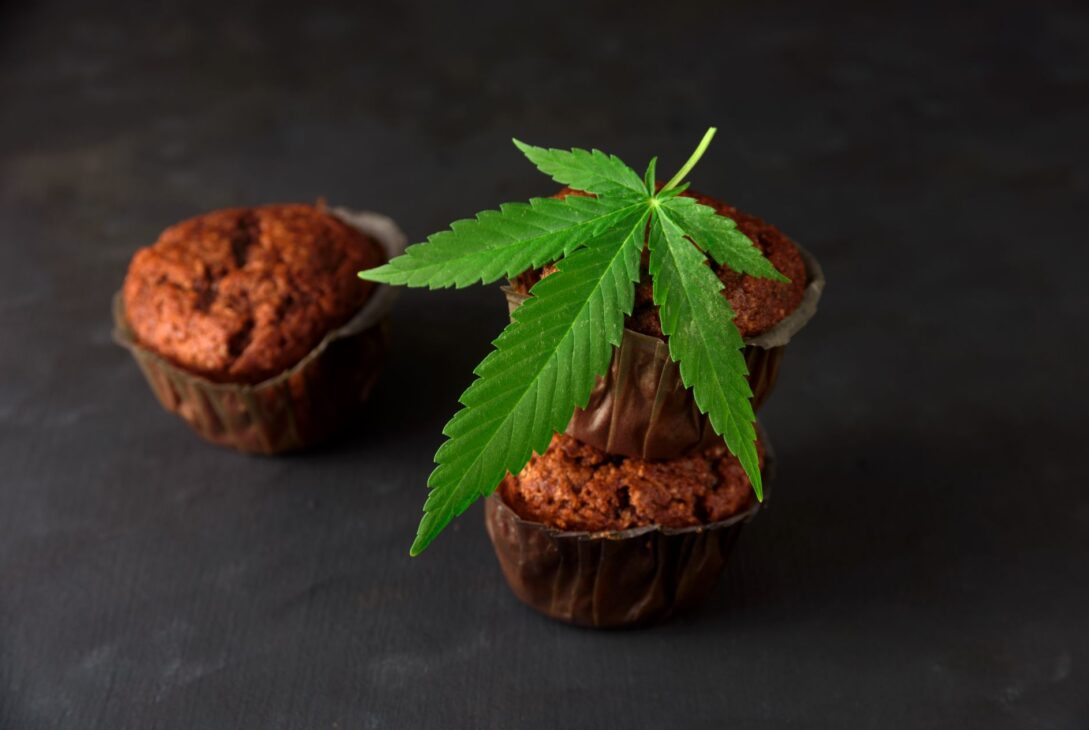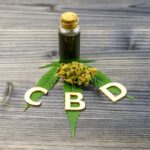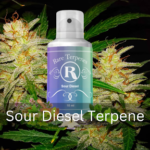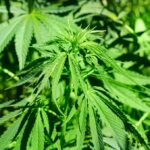Introduction
The effects of smoking cannabis are very different from the effects of eating it. The differences can be further categorized into three parts: intensity, type, and duration of effects. People who are deep in the cannabis culture say that eating it is generally healthier as it is not as toxic to consume the natural plant without smoke.
The effects of eating cannabis are very different from the effects of smoking it.
So, you’re wondering: is eating cannabis healthier than smoking it? Well, the answer is yes and no. In terms of health benefits, both methods produce similar results. Eating cannabis feels less like you’re “getting high” or getting a buzz because it doesn’t cause as much in the way of cerebral or energetic effects as smoking does. However, if you’re looking for more euphoric physical sensations like those produced by eating chocolate or drinking alcohol—which are both considered foods—then eating weed won’t give them to you in the same way smoking would.
These differences can be further categorized into three parts: intensity, type, and duration of effects.
There are three ways to look at the difference between smoking and eating cannabis: intensity, type and duration.
When it comes to intensity, smoking produces a much stronger effect than eating. In fact, one study found that while edibles were rated as more intense than smoked cannabis by experienced users and first-time users alike, they also produced a greater number of side effects such as dizziness and dry mouth (Jacobsen & Franson, 2008). This may be because smoking produces fewer cannabinoids in comparison with edibles or vaporization methods like vaping or dabbing (Ozkan et al., 2018). However this is only true if you’re comparing similar doses – which many people don’t do when they try them for the first time!
To understand why edibles produce different effects from smoking we need to look at how THC enters our bodies (and brains) through each method. When we smoke cannabis its active ingredients enter our lungs where they pass into our bloodstream before being carried around our body until eventually reaching our brain where it causes psychoactive effects like euphoria or relaxation etc…
Intensity
Smoking cannabis produces much stronger effects than eating it. In fact, you can get high from smoking even if you’re not a regular user. When you smoke or vape, THC travels through your windpipe and lungs to reach your brain within seconds. This means that the high from smoking is more intense than it would be after eating cannabis edibles and it starts almost immediately—sometimes in just a few minutes!
The high from smoking cannabis is also short-lived compared to the effects of ingesting THC (the psychoactive component of marijuana). A study by researchers at Johns Hopkins School of Medicine found that smoking cannabis produced a maximum effect after only 8–10 minutes, whereas ingesting it took up to 2 hours before experiencing this “high” feeling.
-Smoking produces much stronger effects than eating
Smoking cannabis produces much stronger effects than eating it. When you smoke, the cannabinoids are absorbed quickly through the lungs, and the brain absorbs them faster than it does when you eat. This means that you feel high much faster, and at a higher potency. You’ll be feeling very cerebral and energetic after smoking; whereas if you ate your cannabis first thing in the morning, you might feel relaxed or even sleepy.
Type of Effects
The effects of smoking cannabis are more cerebral and energetic compared to the more relaxed, euphoric physical sensations produced by edibles. The effects of edibles last much longer, 4-6 hours compared to the 2-3 produced by smoking (this can vary depending on potency).
-Edibles produce more euphoric, relaxed physical sensations while smoking causes more cerebral and energetic effects.
Over the last few years, edibles have become increasingly popular, especially among medical users. Why? Well, first of all, they’re easy to make and can be packed with a variety of cannabis strains and CBDs. Secondly, you can enjoy them outside or in public without having to worry about cops finding out that you’re smoking weed (unless your friend is a narc).
But are smoking and eating cannabis equally healthy? Are there any differences between the two methods? We did some research on how each method affects our bodies so that next time we need a dose of THC or CBDs—we know what’s best for us!
Duration
The duration of effects depends on the type of edible, the amount consumed and its potency. For example, one gram of hash oil will have a much longer duration than one gram of chocolate or gummy candy. The metabolism and tolerance level of the consumer also play a role—someone who has been consuming edibles regularly may feel their effects long after someone without any experience with edibles would have stopped feeling them.
-The effects last much longer after eating an edible, around 4-6 hours compared to the 2-3 produced by smoking.
You’ve probably heard that smoking cannabis is better for your lungs. But how does it compare to eating marijuana? The truth is, there are pros and cons to both methods of consumption.
What’s the difference between smoking cannabis and eating edibles?
The effects of smoking pot last around 2-3 hours, while edibles can last up to 4-6 hours or even longer depending on dosage and tolerance level. Edibles also have a much longer onset time than smoked weed—it takes anywhere from 30 minutes to an hour to feel their effects, while you’ll feel high within 5 minutes if you smoke cannabis flower. This means that if you’re looking for instant relief after work or school with minimal hangover time later in the evening (or morning), edibles might be more your thing!
Conclusion
This is not a black and white issue. There are plenty of people that prefer to eat their cannabis instead of smoking it, and there’s nothing wrong with that! It really comes down to personal preference. If you plan on trying edibles or just want more information about how they work, I hope this article has helped you understand how different these two methods can be from one another.
Medical Disclaimer:
The information provided in these blog posts is intended for general informational and educational purposes only. It is not a substitute for professional medical advice, diagnosis, or treatment. Always seek the advice of your physician or other qualified healthcare provider with any questions you may have regarding a medical condition. The use of any information provided in these blog posts is solely at your own risk. The authors and the website do not recommend or endorse any specific products, treatments, or procedures mentioned. Reliance on any information in these blog posts is solely at your own discretion.
















